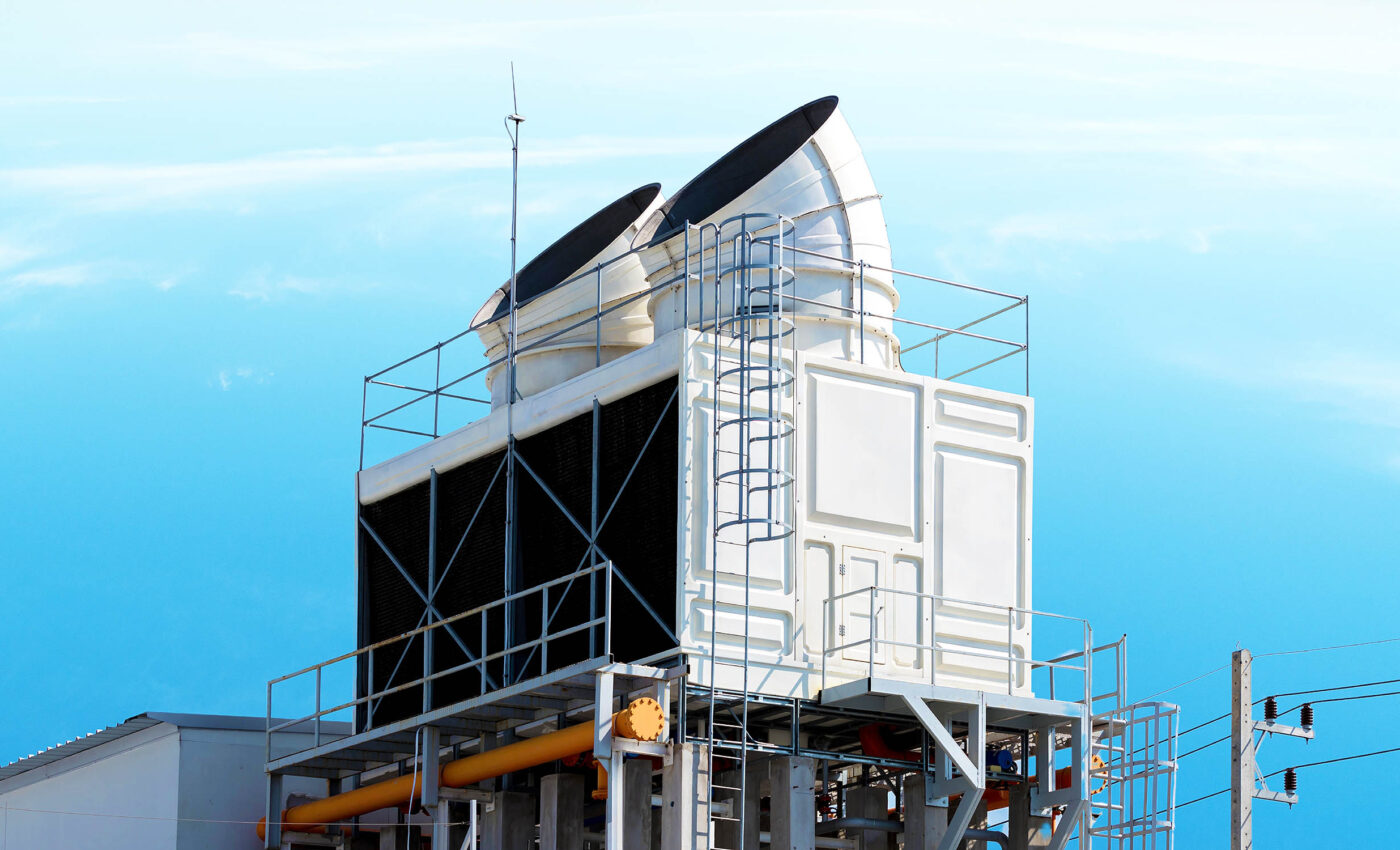
Carbon capture technology faces uncertainty despite heavy investment
Carbon capture technology, which involves directly capturing carbon dioxide (CO2) from the atmosphere to store it underground, might seem like a perfect solution for climate change. However, despite its advancements, it still encounters many uncertainties.
Oliver Geden, an IPCC member and expert in carbon dioxide removal, highlights the evolving nature of this field, particularly Direct Air Capture with Carbon Storage (DACCS).
“The small DACCS ecosystem gets more diverse… but we’re not exactly sure where this will lead to,” Geden explains, reflecting the unclear future of this technology in the broader context of climate change mitigation.
Promise of DACCS strategic approach
Direct Air Carbon Capture and Storage (DACCS) has emerged as a promising strategy for reducing atmospheric carbon dioxide levels. This innovative technology actively removes CO2 directly from the air, offering a potential solution to mitigate climate change.
How DACCS works
DACCS systems employ specialized filters or chemicals to capture CO2 from the atmosphere. These systems actively draw in air, separate the CO2, and then store it securely underground or utilize it in various industrial processes.
By directly targeting atmospheric CO2, DACCS offers a more focused approach compared to other carbon capture methods.
Advantages of DACCS
DACCS presents several key advantages. Firstly, it can be implemented in a variety of locations, not just at the source of emissions.
Secondly, DACCS has the potential to remove large quantities of CO2 from the atmosphere, making it a powerful tool in the fight against climate change.
Additionally, the captured CO2 can be utilized in various applications, such as enhanced oil recovery or the production of low-carbon fuels and materials.
Challenges and future prospects
Despite its promise, DACCS currently faces challenges related to cost and scalability. Researchers and companies are actively working to improve the efficiency and economic viability of DACCS systems. As technology advances and economies of scale are achieved, DACCS is expected to play an increasingly significant role in global carbon capture efforts.
Carbon capture technology in climate models
The Intergovernmental Panel on Climate Change (IPCC) includes carbon capture and storage (CCS) in its portfolio of strategies to reduce atmospheric CO2 levels. However, it does not position this technology at the forefront of its climate action models.
This suggests a cautious approach to relying heavily on this technology without understanding its broader impacts fully.
Big investments in carbon capture technology
High costs have not deterred major corporations from engaging with carbon capture technologies.
Companies like Microsoft, Amazon, Airbus, and even Lego are investing heavily, paying around $1,000 per ton of CO2 captured and stored.
These investments, often in the form of carbon credits, are part of their strategies to offset emissions.
Mechanics of carbon capture technology
The process involves capturing CO2 molecules from the air using large fans. These molecules are then absorbed by either a liquid or a solid filter.
After the filter is saturated, it is heated to release pure CO2 — this step is energy-intensive, requiring temperatures up to 120 degrees Celsius for solid filters and 900 degrees Celsius for liquid ones.
This released CO2 is then compressed and injected into underground rock formations for long-term storage. The feasibility of scaling up this technology hinges significantly on the availability of renewable energy sources to minimize environmental impact.
Environmental and economic challenges
While the carbon capture technology’s chemical components can be reused, the environmental impacts of their production on a large scale remain largely unexplored.
Additionally, the costs associated with direct air capture technologies are currently high, ranging between $600 and $1,000 per ton of CO2 captured.
These costs could potentially decrease to between $100 and $300 in the future, making the technology more economically viable.
Current operations and future plans
Currently, only a few commercial carbon capture facilities like Orca in Iceland are operational, with Orca capturing about 4,000 tons of CO2 annually. While this might seem significant, it pales in comparison to global emissions.
According to the University of Oxford, about two billion tons of CO2 are eliminated each year primarily through natural processes like reforestation, compared to the 40 billion tons emitted worldwide.
Looking ahead, nearly 30 carbon capture projects are set to commence in various countries, aiming to store close to 10 million tons of CO2 by 2030.
However, the expansion of projects with carbon capture technology is contingent on securing adequate funding, a challenge that has hindered many potential initiatives.
The verdict on carbon capture’s future
Despite the challenges, the sector is seeing a surge in interest and development. Geden noted the significant growth in startups within the sector. However, he also cautioned that the recent acquisition of the pioneering firm Carbon Engineering by Oxy Petroleum for $1.1 billion might shift focus from storage to more profitable reuse applications by major oil companies.
In summary, while carbon capture technology holds potential, its success and impact depend on overcoming significant technical, environmental, and economic hurdles. The journey of integrating carbon capture into our broader climate strategy is just beginning, with many milestones yet to be achieved.
—–
Like what you read? Subscribe to our newsletter for engaging articles, exclusive content, and the latest updates.
Check us out on EarthSnap, a free app brought to you by Eric Ralls and Earth.com.
—–













